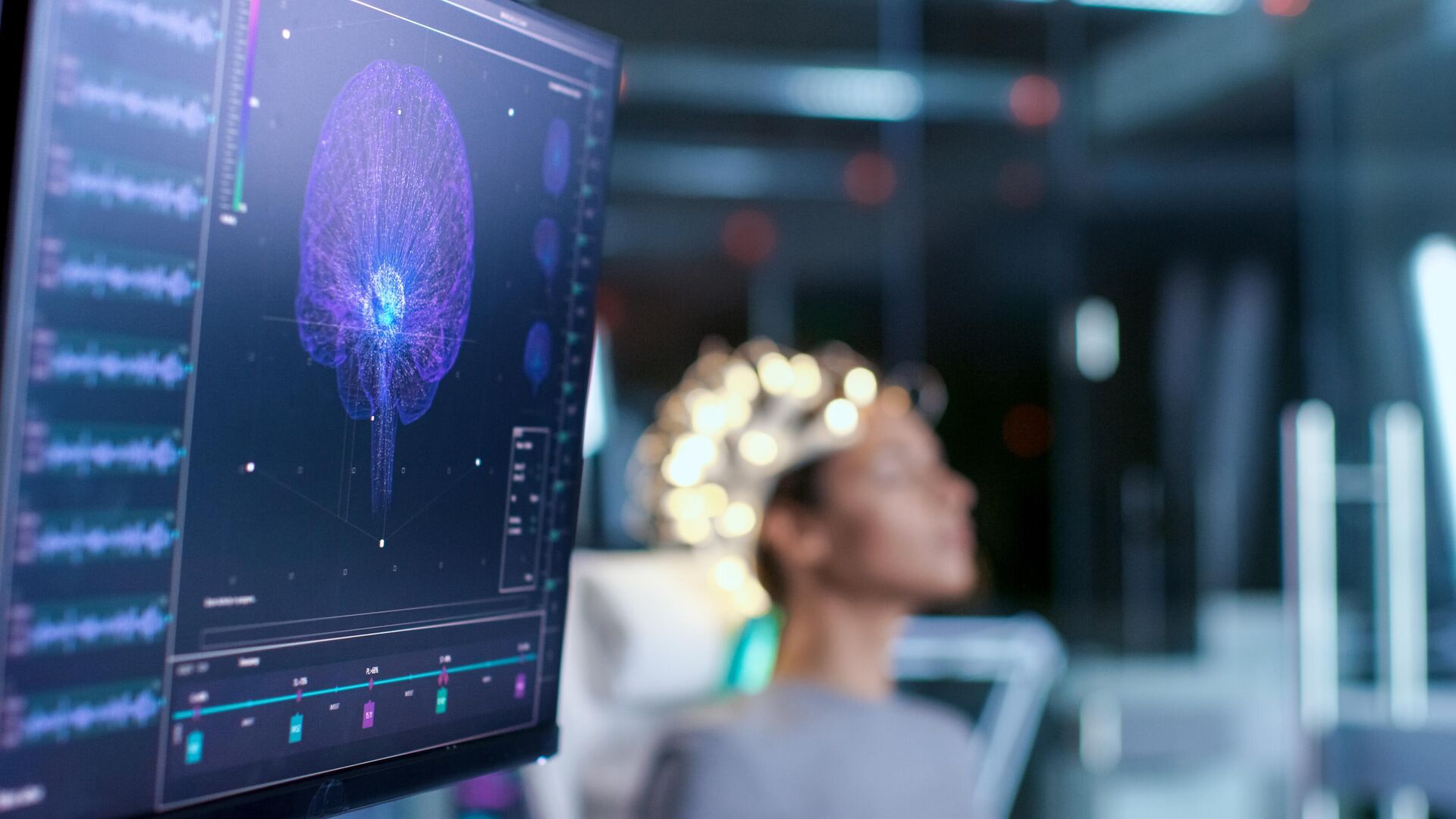
MOSCOW, December 25Scientists at SSMU have found that disturbances in brain activity during sleep apnea persist even after awakening. Currently, the scientific team is developing a mobile application to detect this syndrome without lengthy procedures for monitoring a person’s night sleep. The results are presented in scientific reports.
Sleep is a complex physiological state during which processes of restoration of various body functions occur. In modern society, not everyone gets quality sleep: stress, light pollution and a decrease in normal physical activity during the daytime lead to the development of sleep disorders — difficulties falling asleep, frequent awakenings, snoring and apnea.
Obstructive sleep apnea syndrome (OSA) is a common pathology associated with a sharp decrease or complete cessation of breathing during night rest. The disease is characterized by temporary collapse of the soft tissues of the upper respiratory tract, which leads to their complete closure (obstruction). Because of this, for a certain time (from 2 to 60 seconds), a person stops breathing while the respiratory movements of the muscles are preserved.
Scientists from the Saratov State Medical University named after V.I. Razumovsky (SSMU) explained that temporary cessation of breathing leads to oxygen starvation of the brain and heart rhythm disturbances. Thus, in their opinion, normal snoring may be a marker of a serious systemic disease.
“
"Currently, the diagnosis of apnea requires overnight monitoring (polysomnography): the patient is connected to special sensors that continuously and for a long time (all night) they record different parameters (ECG, registration of eye movements, saturation, etc.),” noted Anastasia Runnova, head of the Department of Medical Biophysics of SSMU, adding that the procedure is quite expensive and not always comfortable for patients.
< br />A team of Saratov scientists, together with the National Medical Research Center for Therapy and Preventive Medicine under the leadership of Anton Kiselev, found that disturbances in brain activity during apnea can be recorded not only during night sleep, but also during a person’s daytime activity. A special mobile application was developed to diagnose the syndrome based on the detected signs.
< /span>
“With the help of a mobile diagnostic device, it will be possible to diagnose apnea and determine the severity of this syndrome without the need for a full night’s sleep for the patient,” Runnova said, emphasizing that further development of the technology will be aimed at developing a device that allows diagnose this disorder directly during a routine appointment with a general practitioner.
According to her, the technology will be based on an analysis of the processes of connectivity and synchronization in the activity of the patient’s brain and cardiovascular system.
«Data methods have already been implemented today based on high-tech parallel programming methods using artificial intelligence technologies,” added the expert.
The work was supported by the Ministry of Health of the Russian Federation and the Russian Science Foundation (RSF).


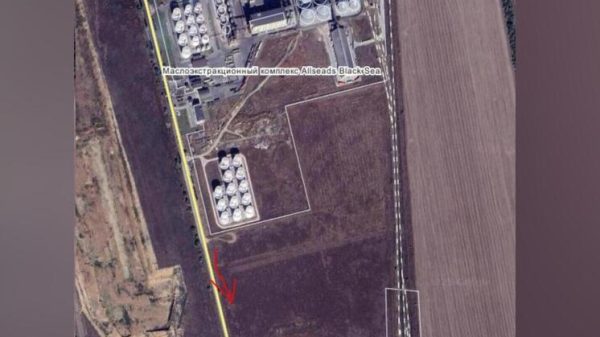




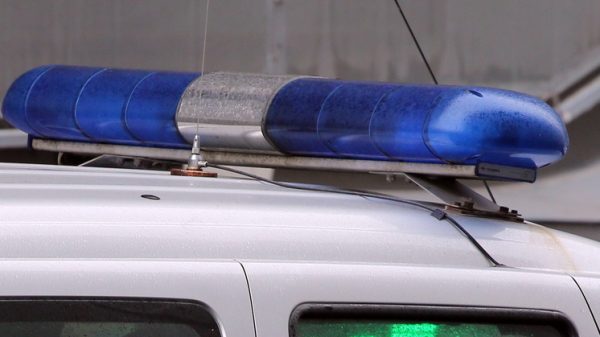
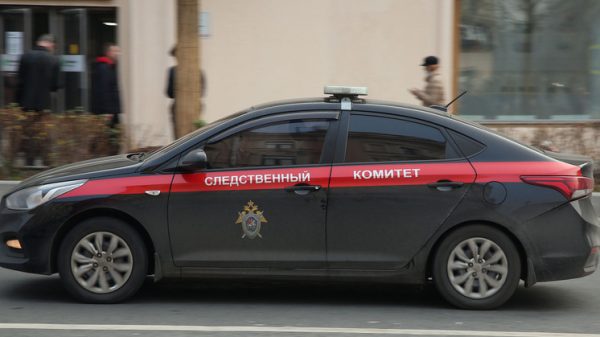






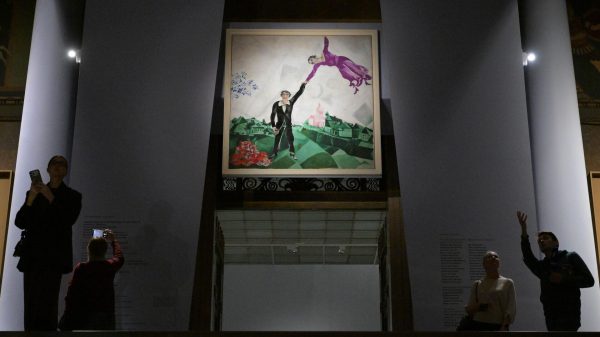

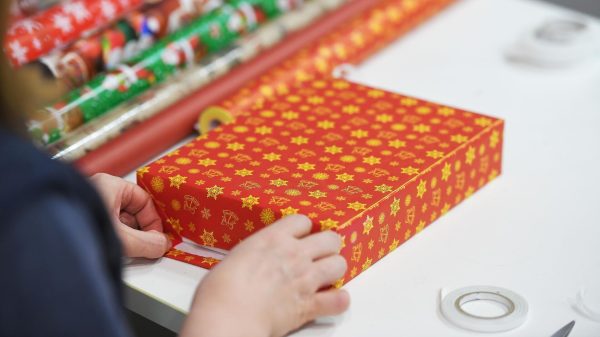
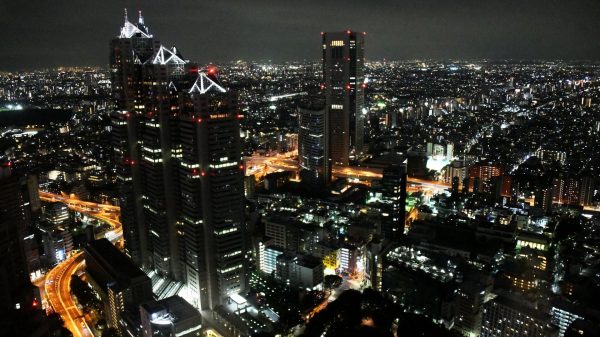


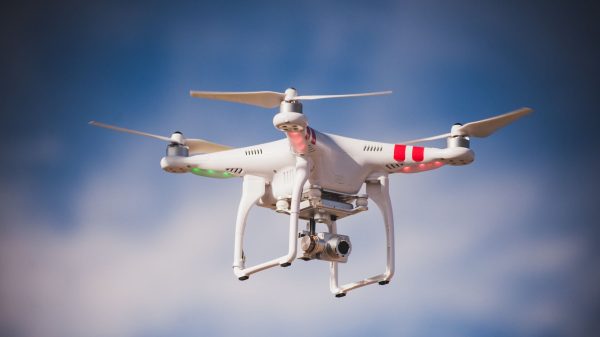











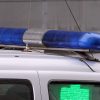


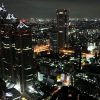


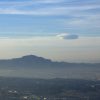
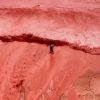






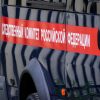




Свежие комментарии